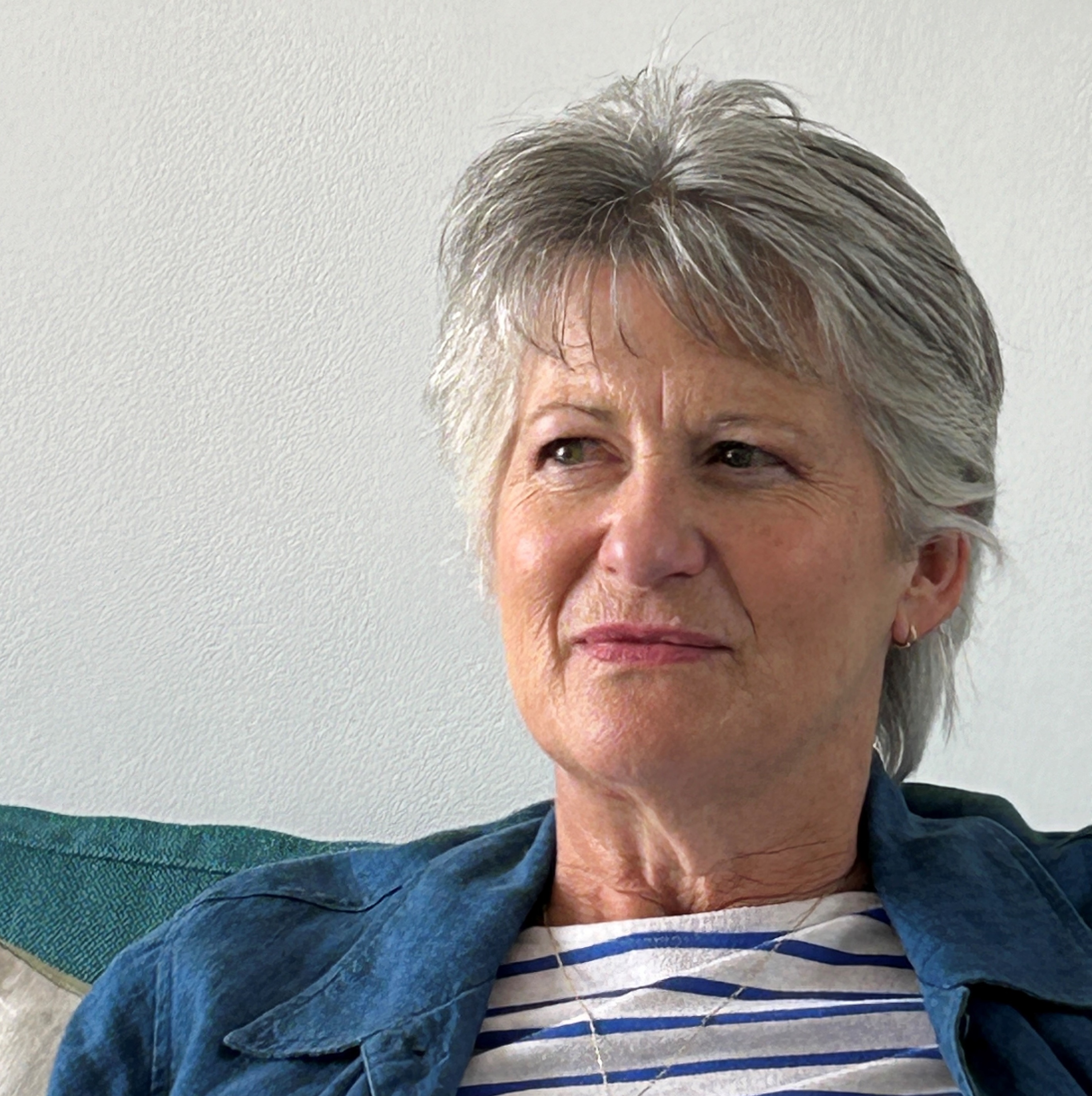Upon reflection: How to buy an antique mirror
Amelia Thorpe speaks to the experts from the world of antique mirrors to provide the best advice on brightening up a room.


An antique mirror can transform a room, reflecting light, adding a decorative quality and creating a feature in settings where an artwork might be too dominant,’ says Laura Dadswell, director of antique specialist Westland London. ‘There is something quite magical about the shimmering surface of an 18th-century mercury plate that many people love.’

It was in the 18th century that mirrors became popular as symbols of wealth and prestige, influenced by the pattern books of designers (and tastemakers), such as Thomas Chippendale, Thomas Sheraton and John Linnell, their work drawn upon by other cabinetmakers. ‘As a result, there are more opportunities to find an antique mirror from this period onwards, although, of course, quality and condition will vary,’ says Mrs Dadswell.
The most obvious indicator of age is usually to be found in imperfections in the glass. The sparkle of 18th-century mercury plate is often concentrated towards the bottom of the mirror, whereas silvered plate — which became popular in the 19th century — tends to have much darker areas where the plate is slowly deteriorating. The back of the mirror can be another good indicator: 18th-century mirrors were often finished quite roughly on the back (in contrast to their glorious fronts), but 19th-century mirrors became more beautifully constructed, with panelled backs. You may also be lucky enough to find a maker’s label, stamp or stencil to provide some clues.
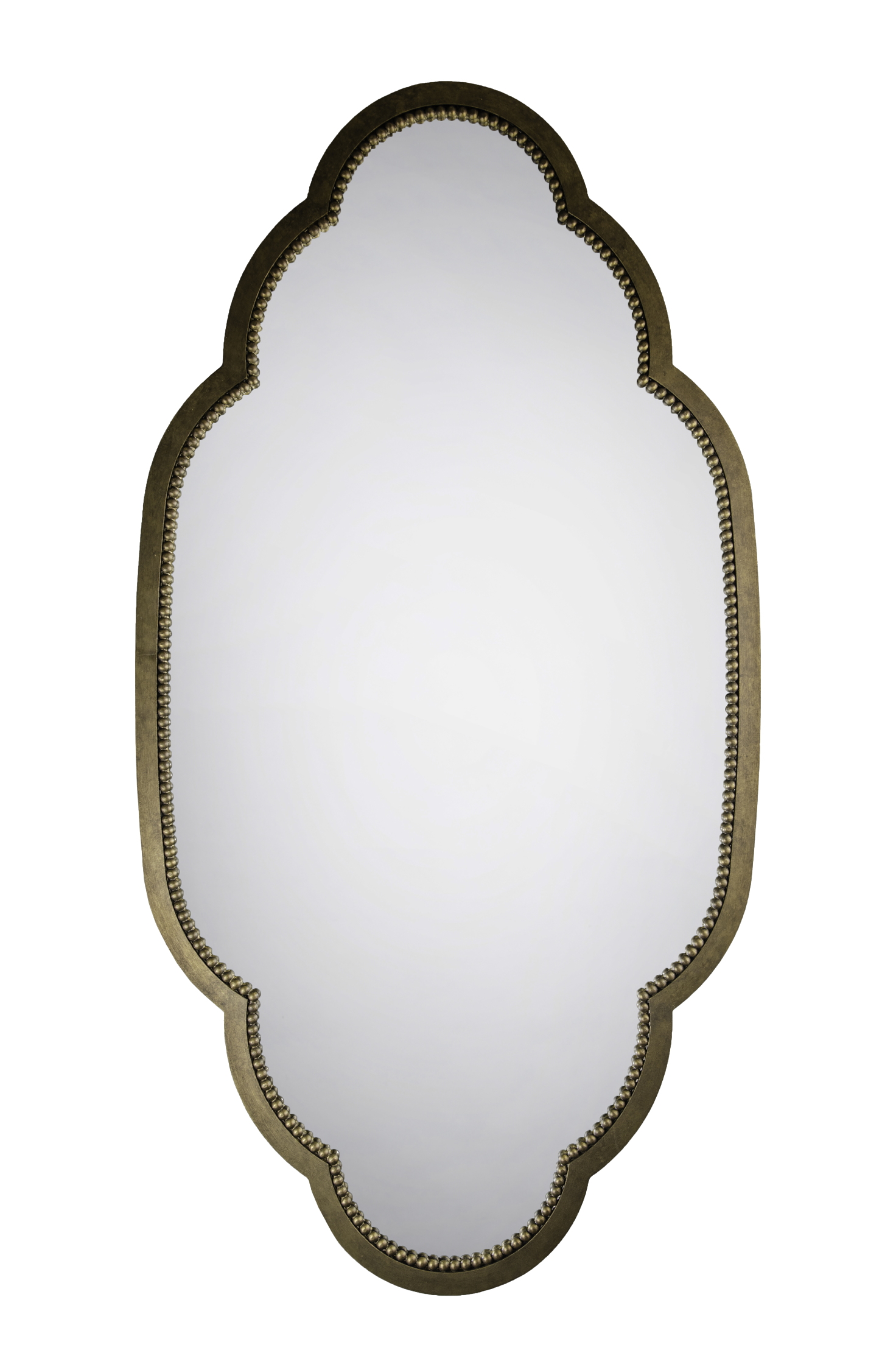
Some picture framers and antique-mirror specialists can undertake restoration work, but broken glass cannot usually be invisibly repaired. An alternative is to replace it with antique glass or glass treated to look old.
Rupert Bevan runs one of the few remaining glass-silvering workshops in the UK. His firm specialises in making antiqued mirror using traditional hand techniques, applying alkaline solutions to the silver surface by way of spraying, sponging or painting in a controlled environment.

‘Buying a piece of original antique mirror glass can be expensive and risky, as the glass usually needs to be cut down to fit the frame and can easily break,’ he explains.
Starting his career as a furniture restorer, Mr Bevan began looking for a better way of tackling the repair of antique mirrors, developing a process of making glass look old. From there, requests evolved, as clients identified the beauty in antiqued glass and began to use it in a more freehand way — to panel a whole room or to fit it in a contemporary frame. Mr Bevan explains: ‘People find that a piece of modern mirror is too harsh, whereas antiqued mirror can make a room feel much softer and more comfortable.’
Exquisite houses, the beauty of Nature, and how to get the most from your life, straight to your inbox.
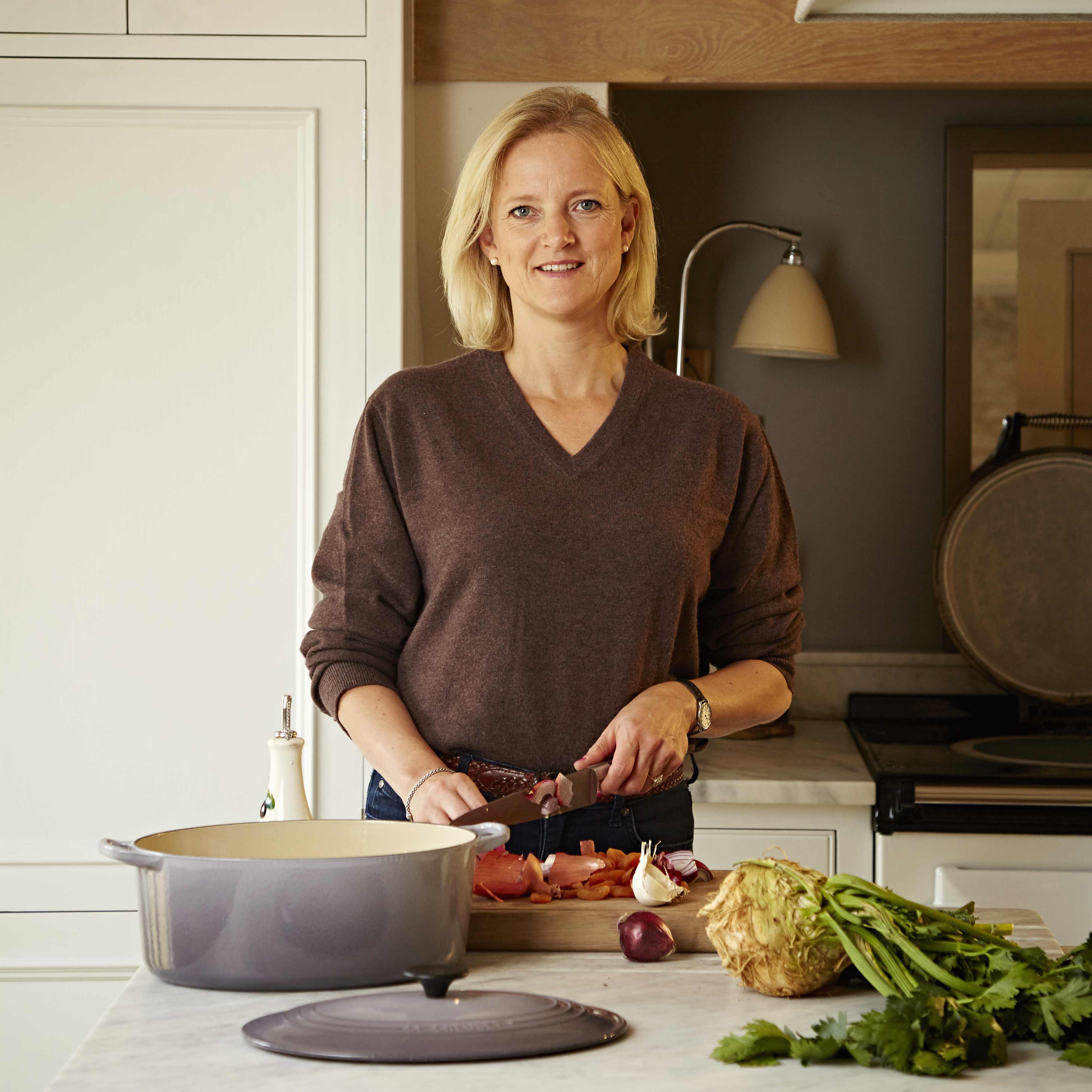
Emma Sims-Hilditch: The reinvention of the country house
Interior designer Emma Sims-Hilditch joins the Country Life Podcast.
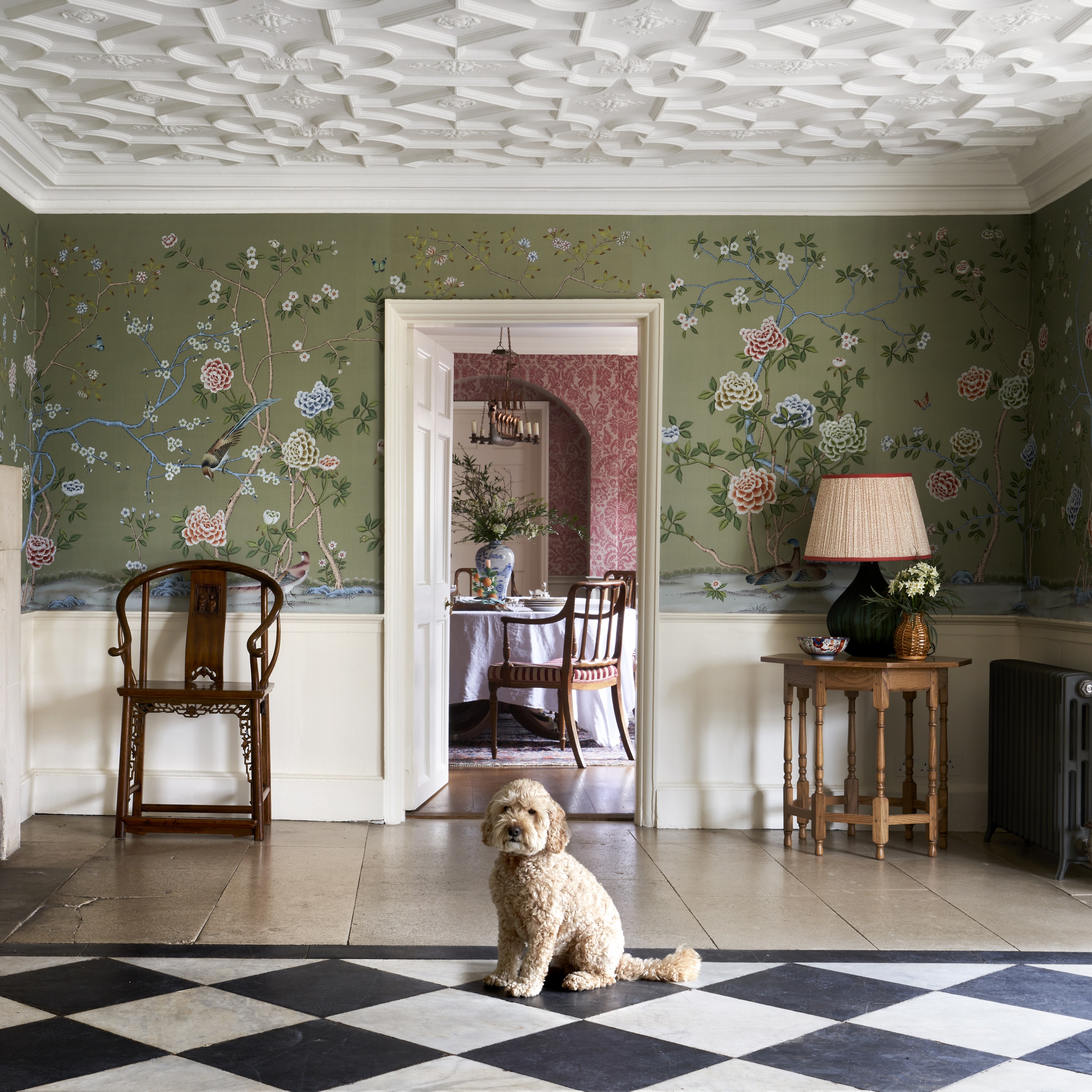
The Country Life Top 100 architects, interior designers, craftsmen, builders and garden designers in Britain
It's now six years since the original Country Life Top 100 was published, but the aim hasn't changed: we name

What to collect when you're collecting
Some of the nation's top dealers and collectors reveal how they choose their wares, and what they collect themselves.
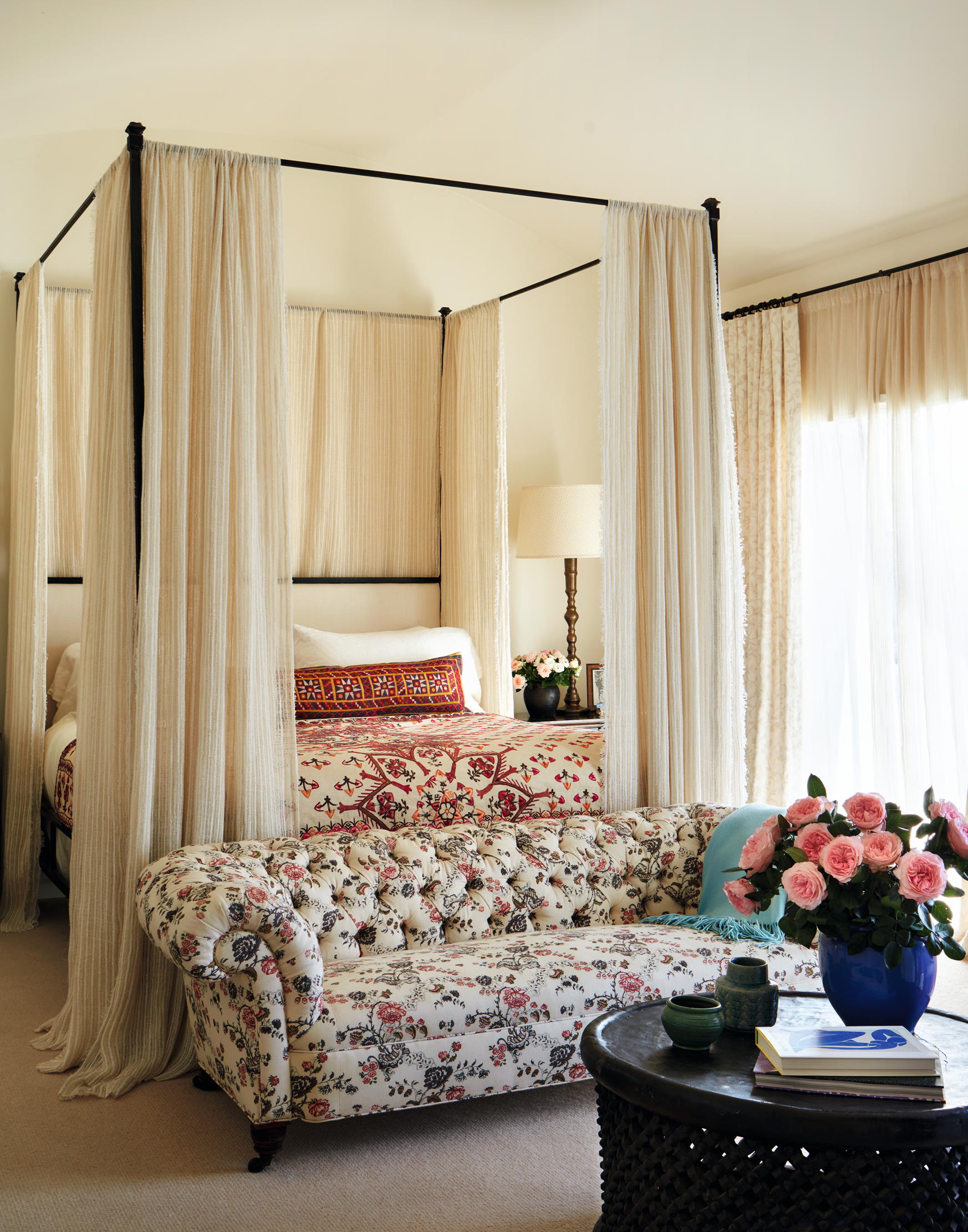
The Dos and Don'ts of decorating your house free of inhibitions
London Design Week revealed a more personal approach to creating interiors, with some exciting and distinctive results. Giles Kime takes
Amelia Thorpe is a design and interiors journalist and regular contributor to Country Life. She spent the first half of her career book publishing, before jumping the fence to become a writer — a role that she adores. Amelia lives in London with her husband and two roguish dogs.
